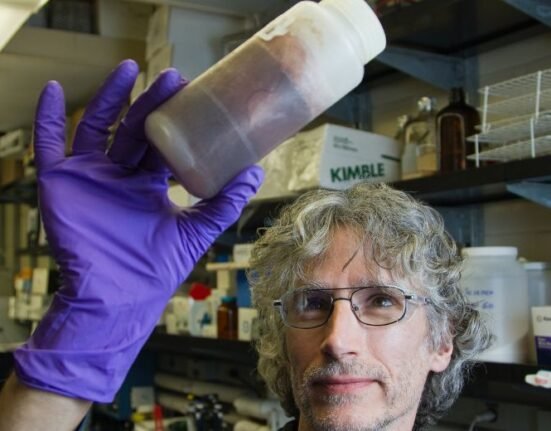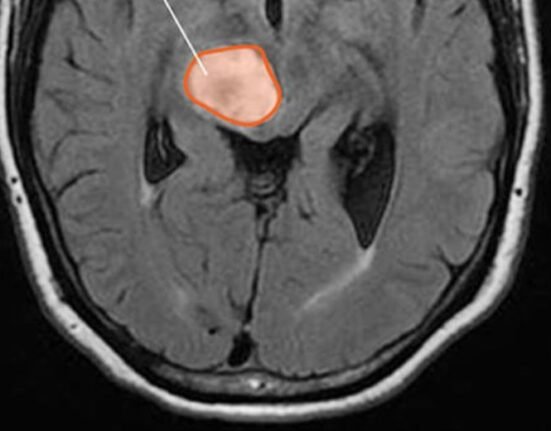HQ Team
April 29, 2025: British-Swedish pharmaceutical company AstraZeneca Plc. has discontinued its prostate cancer trial as it failed to meet the goal of the radiographic progression-free survival target in test patients.
Radiographic progression-free survival is the length of time during and after treatment that a cancer patient lives without the disease getting worse, as shown by imaging tests like CT scans, MRIs, or X-rays. It measures how long the cancer does not grow or spread based on pictures taken inside the body
AstraZeneca was testing a new drug called Truqap (capivasertib) combined with chemotherapy (docetaxel) and hormone therapy (androgen-deprivation therapy) for men whose prostate cancer has spread and no longer responds to hormone treatment.
The condition is called metastatic castration-resistant prostate cancer, or mCRPC. The goal was to see if adding Truqap helps patients live longer and delays cancer growth better than the usual treatment without Truqap, according to a statement.
An independent group monitoring the trial looked at the data and advised stopping the study because it didn’t seem like Truqap would meet the main goals of improving survival or delaying cancer progression compared to the standard treatment.
Adenocarcinoma
The trial had enrolled 1,033 adult patients with histologically confirmed prostate adenocarcinoma with evidence of mCRPC, with progression of disease despite androgen-deprivation therapy.
The safety of Truqap was consistent with earlier stages of the trial, and no new problems were seen. AstraZeneca will continue to follow up with patients in the trial and use the data to guide further research.
Prostate cancer is the second most prevalent cancer in men and the fifth leading cause of male cancer death globally, with an incidence of more than 1.4 million and over 397,000 deaths in 2022.
Metastatic prostate cancer is associated with a significant mortality rate, with only one-third of patients surviving five years after diagnosis. Development of prostate cancer is often driven by male sex hormones called androgens, including testosterone.
Spread to other body parts
About 10-20% of men with advanced prostate cancer will develop castration-resistant prostate cancer within five years.
In patients with mCRPC, their prostate cancer grows and spreads to other parts of the body despite the use of androgen-deprivation therapy to block the action of male sex hormones.
At least 84% of these men will have metastases at the time of CRPC diagnosis, and, of those patients with no metastases at CRPC diagnosis, 33% are likely to develop metastases within two years.
Approximately half of patients with mCRPC may receive only one line of active treatment, and those who go on to receive further treatment often have diminishing benefit from subsequent therapies.
Q1 revenue at $13.6 billion
Despite the advances in mCRPC treatment with taxane and new hormonal agent treatments, there is a high unmet need in this population.
The company’s Q1 total revenues were up 10% to $13,588 million, driven by double-digit growth in Oncology and BioPharmaceuticals. Operating profit increased 12% compared to the year-on-year period.
Earnings per share increased 21% to $2.49 and total Revenue is forecast to increase by a “high single-digit percentage,” while core EPS is anticipated to increase by a “low double-digit percentage.”
“Overall, we are making excellent progress toward our ambition of eighty billion dollars in total revenue by 2030,” said Pascal Soriot, Chief Executive Officer, AstraZeneca.
“Our company is firmly committed to investing and growing in the US, and we continue to benefit from our broad-based source of revenue and global manufacturing footprint, including eleven production sites in the US covering small molecules, biologics, as well as cell therapy,” he said.
“Additionally, we have even greater US investment in manufacturing and R&D planned, leveraging our two large R&D sites in Gaithersburg, MD and Cambridge, MA.”








